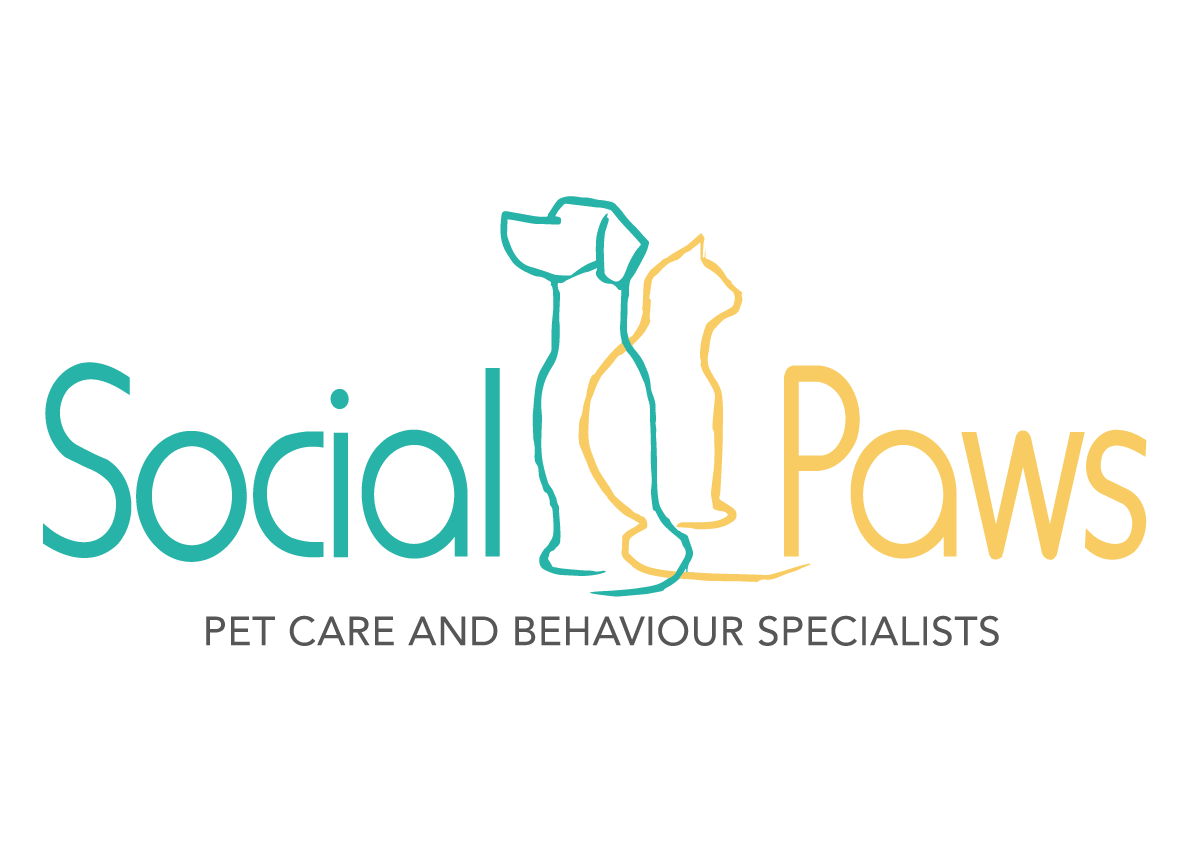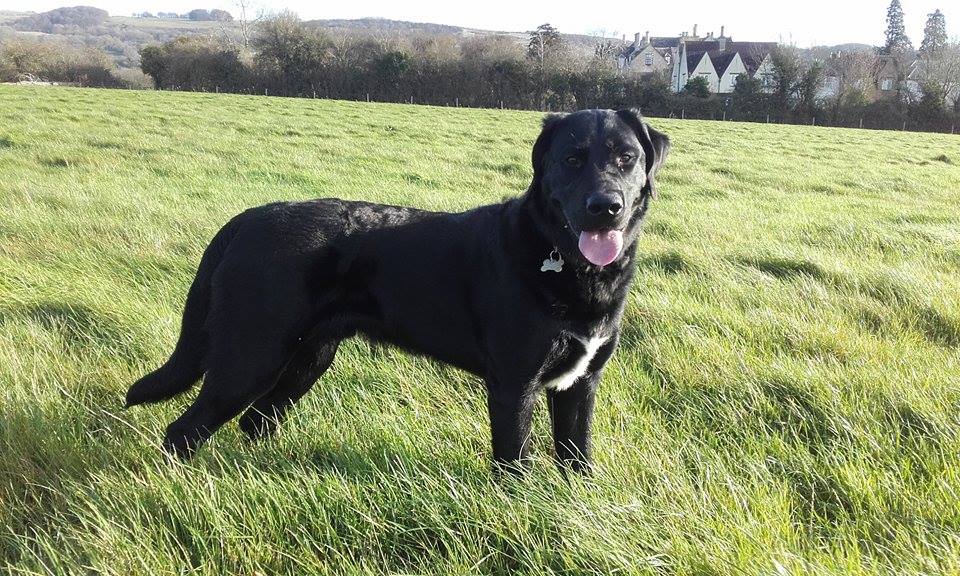Introduction to Cheltenham dog training – on lead obedience
This article will look at how to train your dog on lead obedience with particular reference to the excited greeter. The excited greeter is one which is described as eager to meet other dogs and people often by vocalising or jumping up as they pass by.
Does this sound like your dog?
‘My dog jumps up at people as they walk by’
‘My dog pulls me to get to other dogs on the lead’
‘My dog gets easily distracted on the lead, I’m finding it difficult to control him’
Teaching your dog good manners and basic obedience on the lead takes time, consistency and patience. Before you start any lead training you need to first teach the commands in a non-distracting environment. Once your dog knows the commands you can then slowly add the distractions – from a distance. The key to success is always by starting small. I like to teach commands in pairs, this will help your dog associate them and know what’s expected of them. Remember that all dogs are individuals so what works for one dog may not always work for the next. Different dogs are motivated by different rewards; some may love praise or attention and others a tasty piece of chicken. Find out what makes your dog tick! Always consult a professional force free trainer such as Helen on helen@socialpawscheltenham.co.uk or pet behaviourist for more serious training or behavioural issues. For polite introductions on the lead here are a few of my favourite commands that I teach some of the dogs I walk and train:
“Steady” = walk slowly
“Hup Hup” = walk fast/trot
“With me” = walk by my side
“Gently” or “go play” (if off lead) = a calm introduction to another dog or person
“Wait” = wait calmly by my side
“Let’s go” = walk with me away from the distraction
“Look at me” = getting dog to focus on me
“Watch it” = getting the dog to look briefly at the distraction
Simply saying the command to your dog is not enough, you need to reward the desired behaviour so that the likelihood of it occurring will increase. This is known as positive reinforcement and is a form of behavioural modification.
Case study – Bruno, one-to-one training walks
At present I’m training a gorgeous lab x Bernese called ‘Bruno’. I’ve been teaching him to approach other people and dogs calmly as he often jumps up which can not only be frightening but is rude and can lead to injuries.
Step 1. First I teach the “look at me” command in a non-distracting environment. I raise the treat to my nose and as Bruno looks at it I introduce the command. If Bruno looks at me – even if only for a split second I give him the treat.
Step 2. I then increase the time Bruno looks at me in order to get the treat
Step 3. I begin to practice the look at me on a walk, with no distractions always rewarding with a treat if he does so.
Step 4. I then add distractions at a distance. In Bruno’s case we started at a twenty metre distance from a stationary person.
Step 5. I then start to add the other commands which I’ve previously taught away from the distraction. Bruno walks nicely by my side when I say “with me” and the “Hup Hup” command for speed really adds excitement to get him moving, especially if I’m trying to get further away from the distraction (in a case that a person is too close and the likelihood of Bruno jumping is high).
Step 6. Over time we get closer to the person or dog. I encourage Bruno to “watch it” then look back at me – it’s so important that he keeps focused on me but am not stopping him from looking at the distraction altogether.
Step 7. lastly we have now started to approach people. Again I’ve been using the command “look at me” to keep focus and “steady” so he doesn’t rush up to the person. I then command “gently” and only when he is calm and stood still I encourage the person to stroke him if they wish to do so, otherwise alternatively I give him a treat.
If you follow the above steps you should see an improvement in your dogs general lead obedience after a few sessions. For real results practice everyday using the same commands consistently. The main thing we are looking for is a dog who focuses on you and responds to your commands. The end goal is to teach your dog what’s right and what’s wrong and a good alternative behaviour instead of jumping up. Eventually your dog should automatically look at you when he or she sees an approaching dog and wait calmly for your permission to say hello calmly.
So to summarise:
Dog keeps focused by looking at you = dog food reward
Dog walks calmly up to the passer by = food reward or attention
Dog goes to jump up = we remove him/her from the situation and start again from a greater distance
Conclusion
If your dog continues to jump up go back to the basics again, remember to set yourself up for success by starting small. As mentioned at the start all dogs are individuals and if you have a more serious behavioural issue or training issue always seek professional help and contact your vet to cancel out any medical complaints that may be contributing to the issue.
Looking for a Cheltenham dog trainer – get in contact with Helen today on: helen@socialpawscheltenham.co.uk
Please visit our dog training services page for more information on Helen’s sessions here: www.socialpawscheltenham.co.uk/services/dog-training-and-pet-behaviour/




Recent Comments